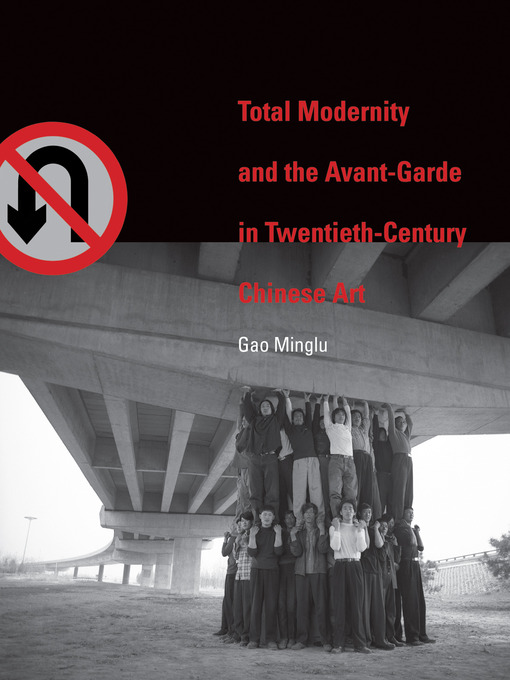A groundbreaking book that describes a distinctively Chinese avant-gardism and a modernity that unifies art, politics, and social life.
To the extent that Chinese contemporary art has become a global phenomenon, it is largely through the groundbreaking exhibitions curated by Gao Minglu: "China/Avant-Garde" (Beijing, 1989), "Inside Out: New Chinese Art" (Asia Society, New York, 1998), and "The Wall: Reshaping Contemporary Chinese Art" (Albright-Knox Art Gallery, 2005) among them. As the first Chinese writer to articulate a distinctively Chinese avant-gardism and modernity—one not defined by Western chronology or formalism—Gao Minglu is largely responsible for the visibility of Chinese art in the global art scene today.
Contemporary Chinese artists tend to navigate between extremes, either embracing or rejecting a rich classical tradition. Indeed, for Chinese artists, the term "modernity" refers not to a new epoch or aesthetic but to a new nation—modernityinextricably connects politics to art. It is this notion of "total modernity" that forms the foundation of the Chinese avant-garde aesthetic, and of this book. Gao examines the many ways Chinese artists engaged with this intrinsic total modernity, including the '85 Movement, political pop, cynical realism, apartment art, maximalism, and the museum age, encompassing the emergenceof local art museums and organizations as well as such major events as the Shanghai Biennial. He describes the inner logic of the Chinese context while locating the art within the framework of a worldwide avant-garde. He vividly describes the Chinese avant-garde's embrace of a modernity that unifies politics, aesthetics, and social life, blurring the boundaries between abstraction, conception, and representation. Lavishly illustrated with color images throughout, this book will be a touchstone for all considerations of Chinese contemporary art.
